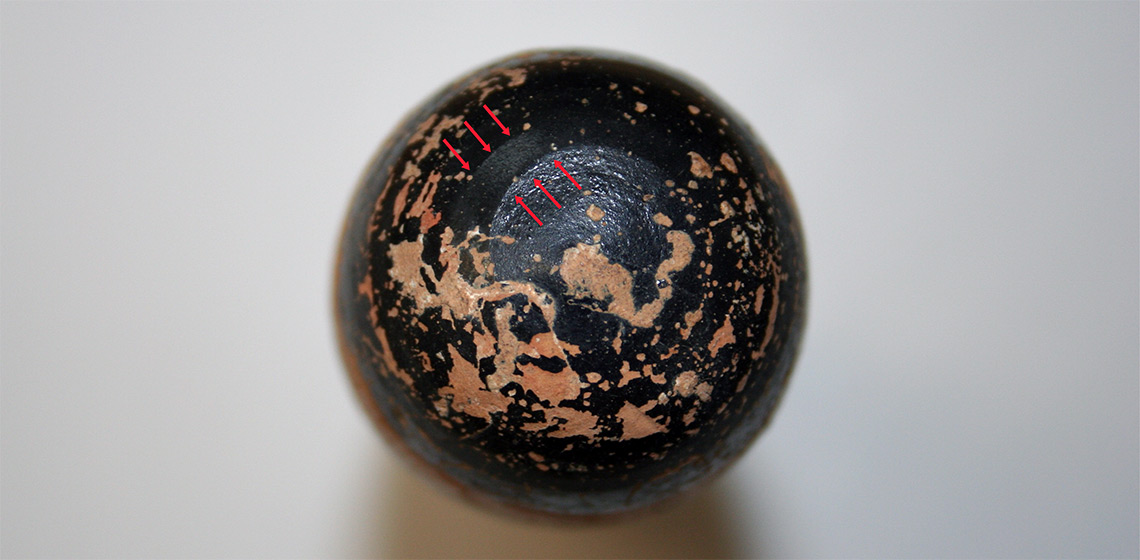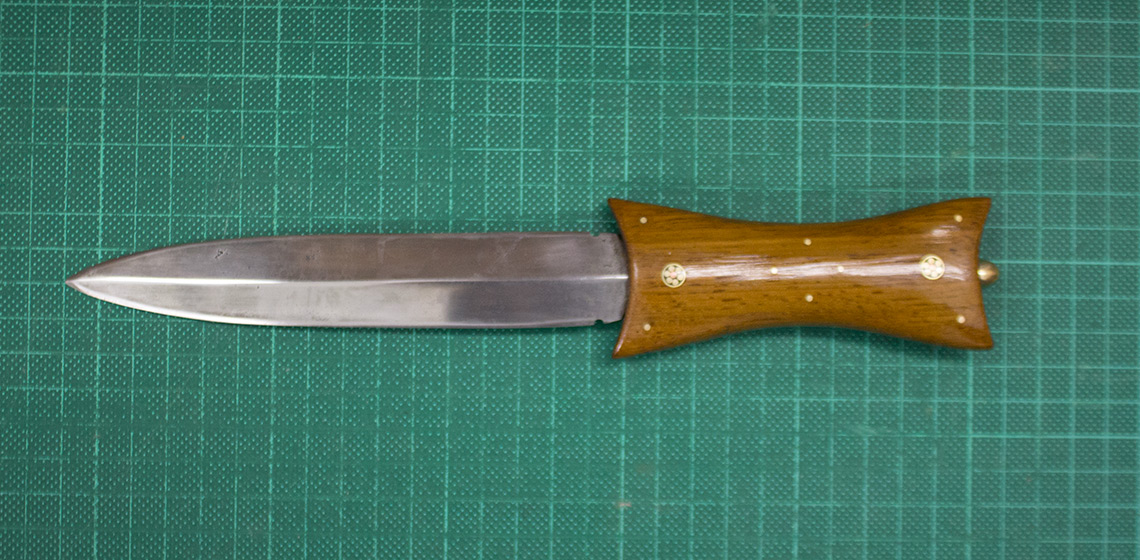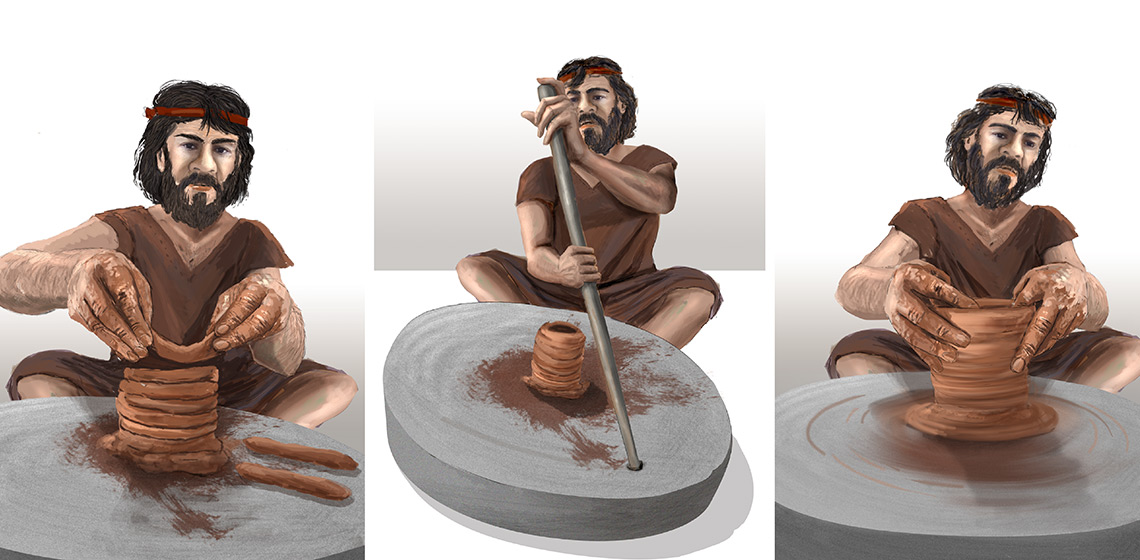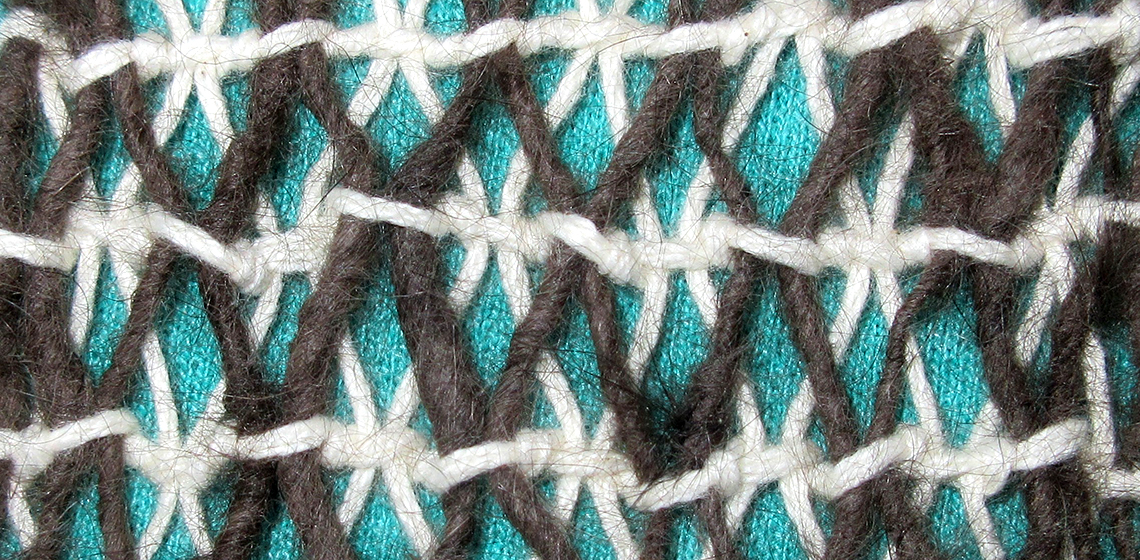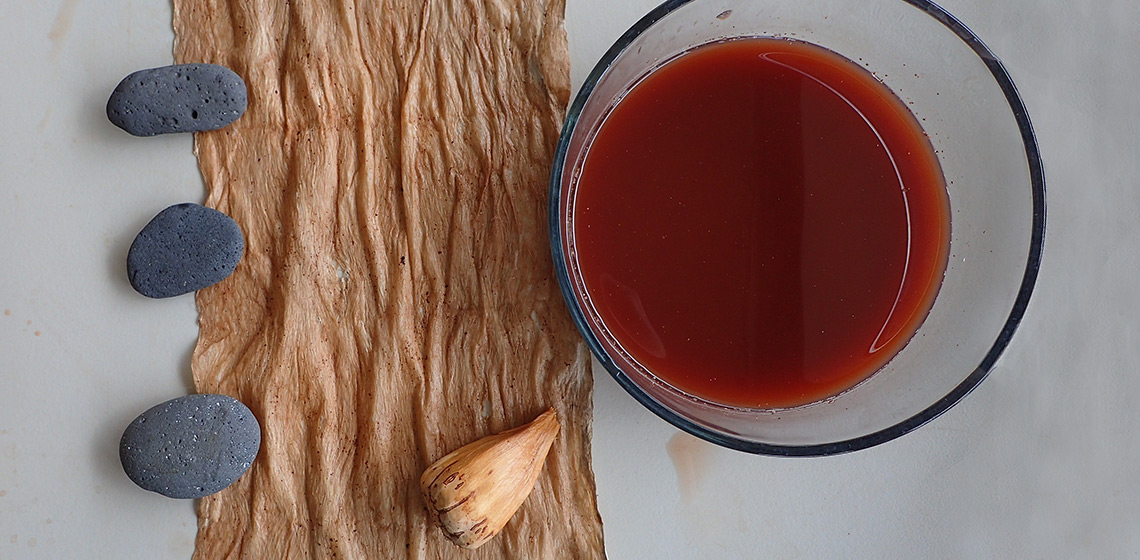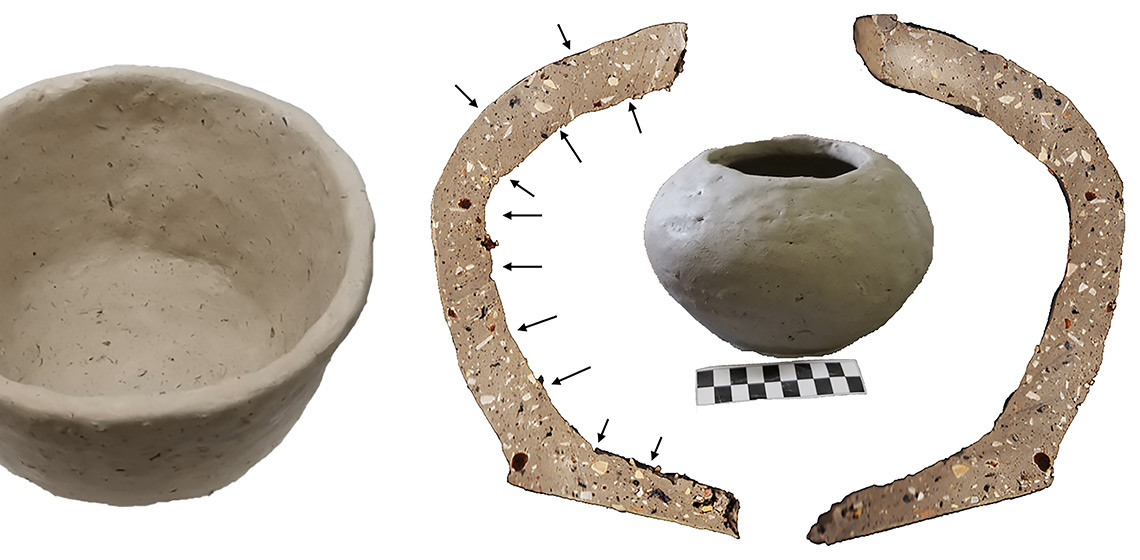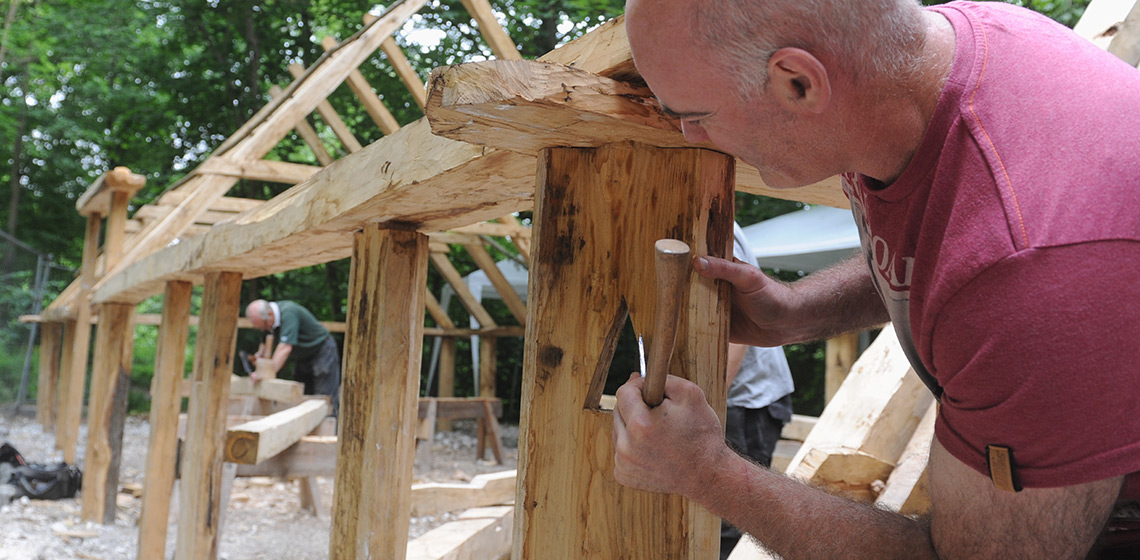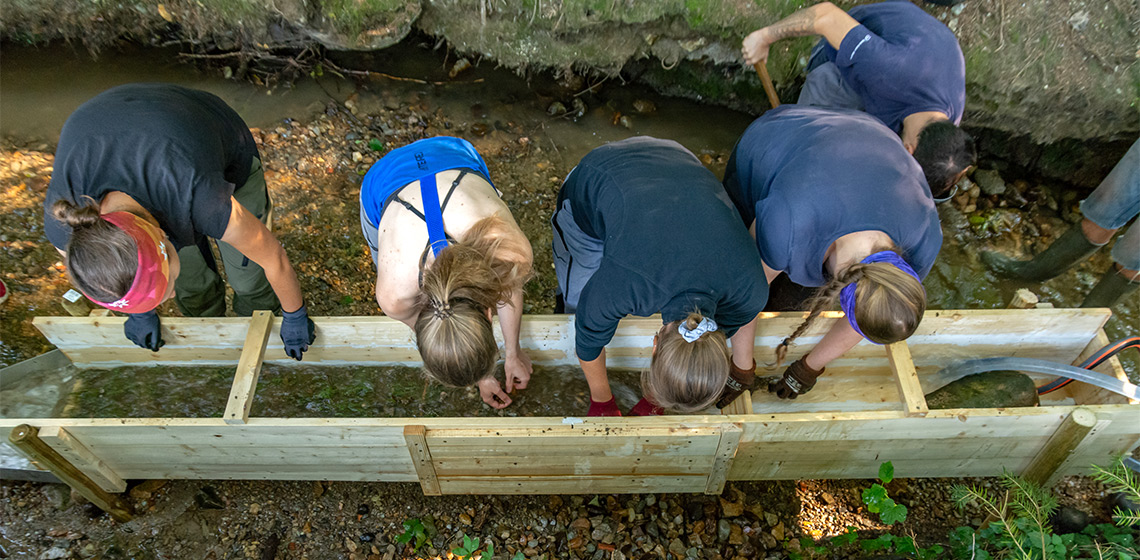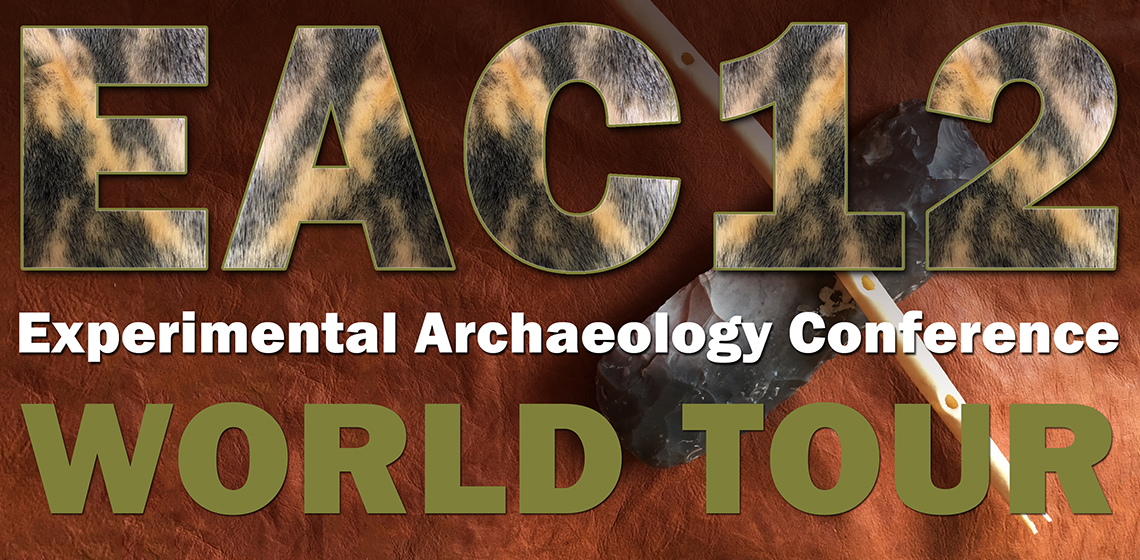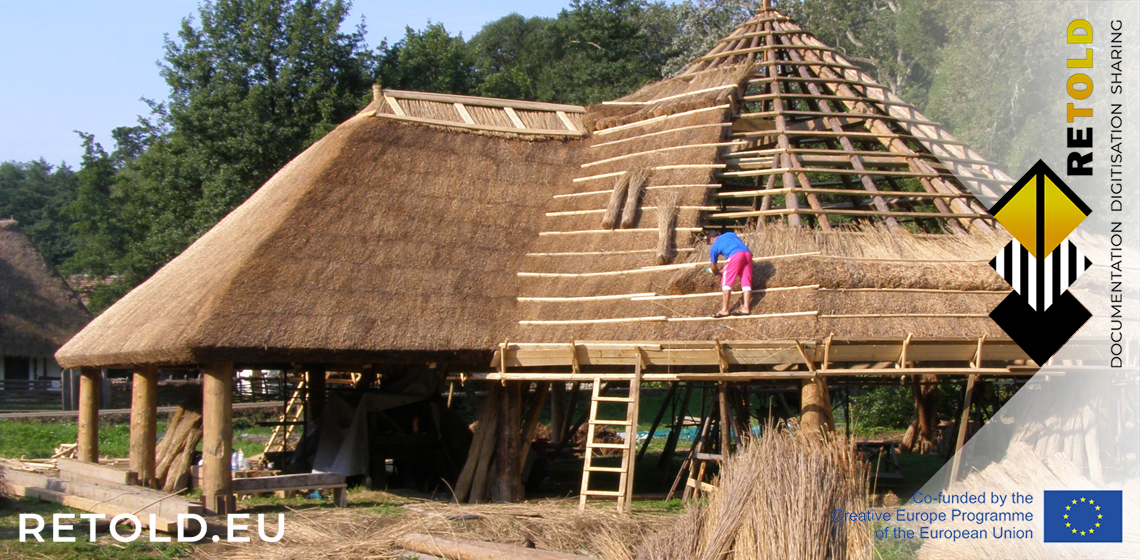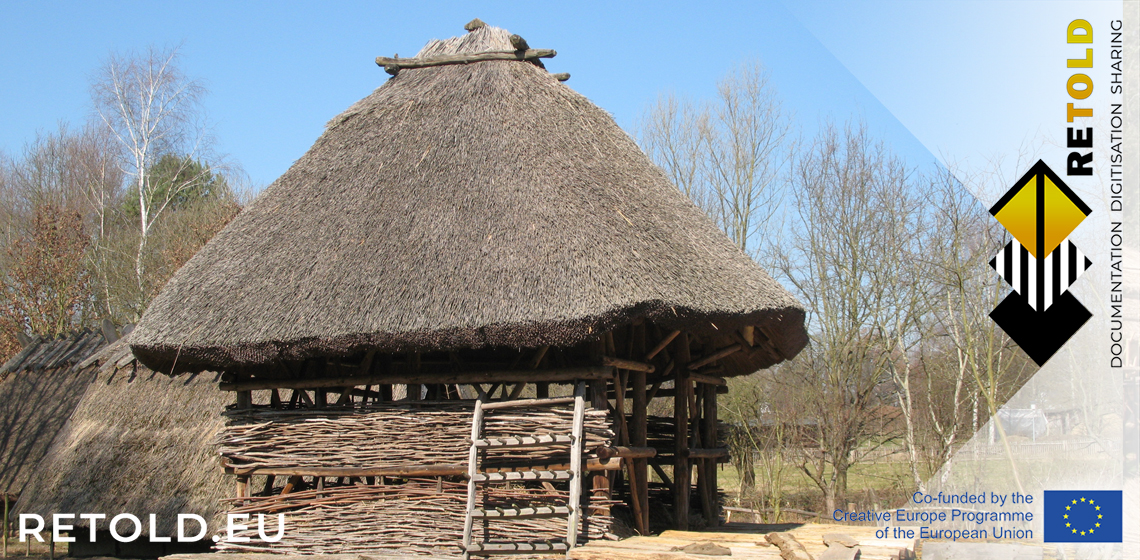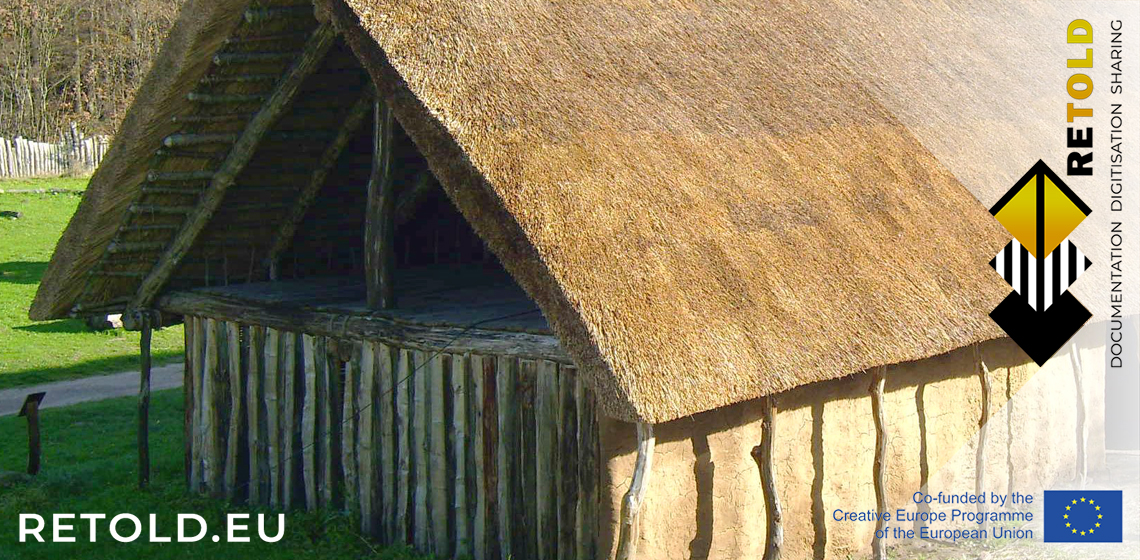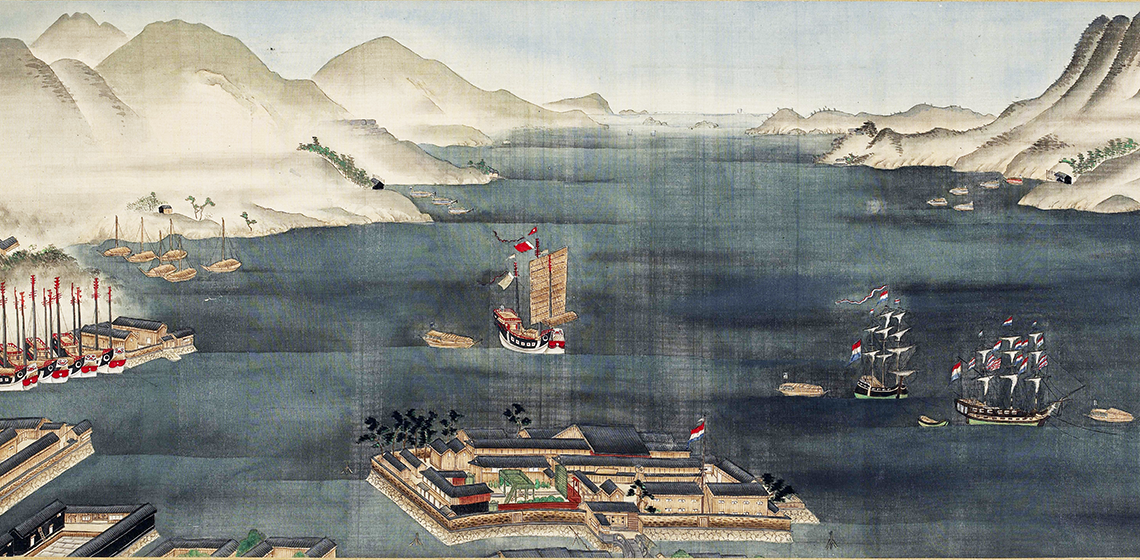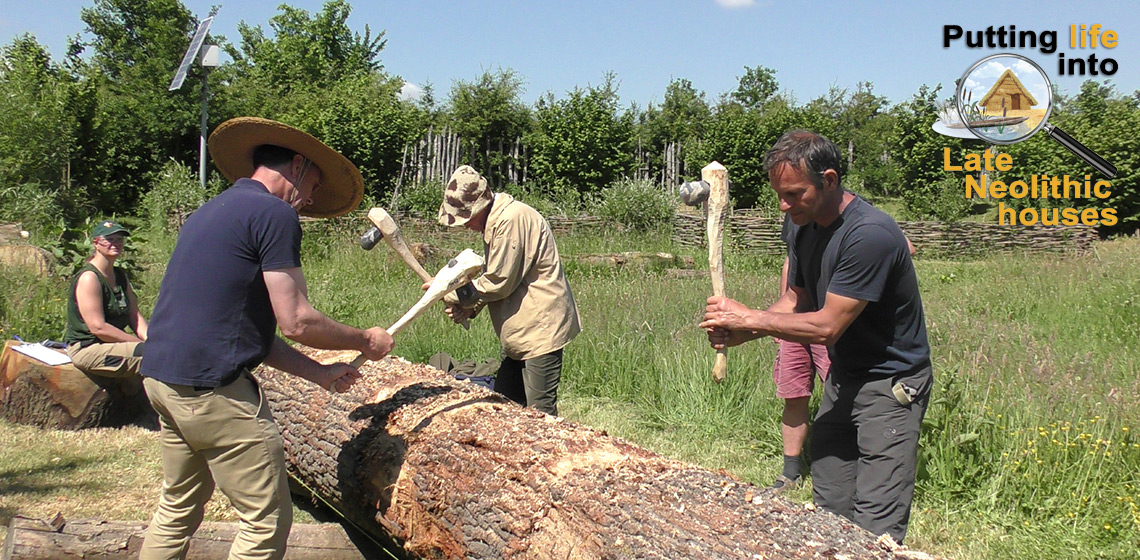EXARC Journal Issue 2021/3



14 Articles | DOAJ | Open Access
ISSN: 2212-8956
Publishing date: August 26, 2021
📄 EXARC Journal 2021/3 Table of Contents
Copyrights: EXARC, 2021
Summary
The EXARC Journal 2021/3 was published in August and contains eight reviewed and six unreviewed articles. As always, all articles are open access.
There are three articles on pottery techniques, thanks to the November 2020 conference, Archaeological Approaches to the Study of the Potter’s Wheel. It is interesting to read how experimental archaeology can help us understand possibilities of pottery production in the past. Quite different but equally interesting is the article about injuries on bog bodies by Treadway and Twumasi. Archaeology and forensics have always been good colleagues. Follensbee then discusses Mesoamerican textile tools and Paradea describes her experiments with making Hawaiian barkcloth. If that is not enough, Hockley presents an article on the reconstruction of a Saxon Hall in the Weald and Downland Living Museum in the UK. If you are looking for gold, you need to read the final reviewed article where Cech & Urban follow Pliny the Elder. But have they been successful?
Our unreviewed mixed matters give an overview in three parts of EXARC'S EU Project RETOLD, where we share a glimpse of the world of documentation and digitization in open-air museums. Of course, we look back on the International Experimental Archaeology Conference EAC, which took place earlier this year. About 50 hours of presentations are still online. In a short article, we share a story about an archaeological open-air museum in Japan, Deshima in Nagasaki. The last article gives an overview of the Dutch project putting life into Late Neolithic Houses. Here research and public involvement will come together over a period of four years.
Reviewed Articles
Assessing Forming Techniques of Athenian Ceramic Alabastra
An Experimental Study of Lesions Observed in Bog Body Funerary Performances
Some Reflections on the Origin and Use of the Potter's Wheel during the Iron Age in the Iberian Peninsula. Interpretive Possibilities and Limitations
More Testing of Mesoamerican Lunate Artifacts as Possible Loom Weights, that also Functioned as Twining Tools
Bast, Ferns, and Mud: Experimental Recreation of a Kapa Kaha (Barkcloth)
***Kapa (Hawaiian barkcloth) was the ubiquitous fabric of historic Hawaiʻi, used for everything from clothing to bedding, from swaddling newborns to enshrouding the deceased, and all things in between. This textile is crafted from the bast (inner bark) of several plant species...
Identifying Ceramic Shaping Techniques: Experimental Results Using the Inclusion and Void Orientation Method
The Weald & Downland Living Museum’s Saxon Hall
Roman Gold Washing as Described by Pliny the Elder
***As part of a four-year interdisciplinary research project of a Roman gold mine in the landscape known as the "Karth" to the south of Vienna, Austria, a reconstruction of gold washing took place as described by Pliny the Elder in book 33 of his Natural History. So far, the "Karth" is the only proven Roman gold mine known in the Eastern Alps...


